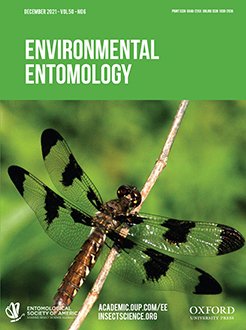Although Aphrophora nr. permutata (Hemiptera: Aphrophoridae) is a reported vector of the plant pathogen Xylella fastidiosa (Wells) (Xanthomonadales: Xanthomonadaceae), its ecology and role in Pierce's disease dynamics in coastal California vineyards are poorly understood. From 2016 to 2020, we surveyed the abundance of A. nr. permutata nymphs among potential host plants along the vineyard floor, the vineyard edges, and adjacent vegetation in vineyards in Napa and Sonoma county. In 2019 and 2020, vineyards adjacent to woodland habitat hosted larger A. nr. permutata populations than those next to riparian habitat, while in 2017 and 2018, the nymphal populations were similar among riparian and woodland sites. Among 2020 plant cover taxa, nymph abundance was positively associated with Helminthotheca echioides, Vicia sativa, and Daucus carota cover and negatively associated with Taraxacum officinale cover. In 2018 and 2019, we also tracked early-season occurrence and development of A. nr. permutata nymphs among potential host plants. Analyses showed a significant effect of site, year, and plant taxa on the first detection of nymphs and a significant effect of site and year on the estimated development time between first and fifth instars. In 2019, we conducted grapevine to grapevine X. fastidiosa transmission experiments with individuals and groups of five A. nr. permutata adults. In the transmission experiment, 5% (3 of 60) individual A. nr. permutata and 7.7% (1 of 13) of groups successfully transmitted X. fastidiosa. This study provides preliminary evidence of potential host plant associations with A. nr. permutata abundance and phenology that should be explored further with field and greenhouse-based approaches.
How to translate text using browser tools
16 August 2021
Assessment of Nymphal Ecology and Adult Xylella fastidiosa Transmission Biology of Aphrophora nr. Permutata (Hemiptera: Aphrophoridae) in California Vineyards
Dylan J. Beal,
Amielia G. Adams,
Monica L. Cooper,
Lucia G. Varela,
Rhonda J. Smith,
Cindy R. Kron,
Rodrigo P. P. Almeida,
Matthew P. Daugherty
ACCESS THE FULL ARTICLE
It is not available for individual sale.
This article is only available to subscribers.
It is not available for individual sale.
It is not available for individual sale.

Environmental Entomology
Vol. 50 • No. 6
December 2021
Vol. 50 • No. 6
December 2021
herbivore performance
host–plant preference
spittlebug
transmission efficiency
vector-borne disease





